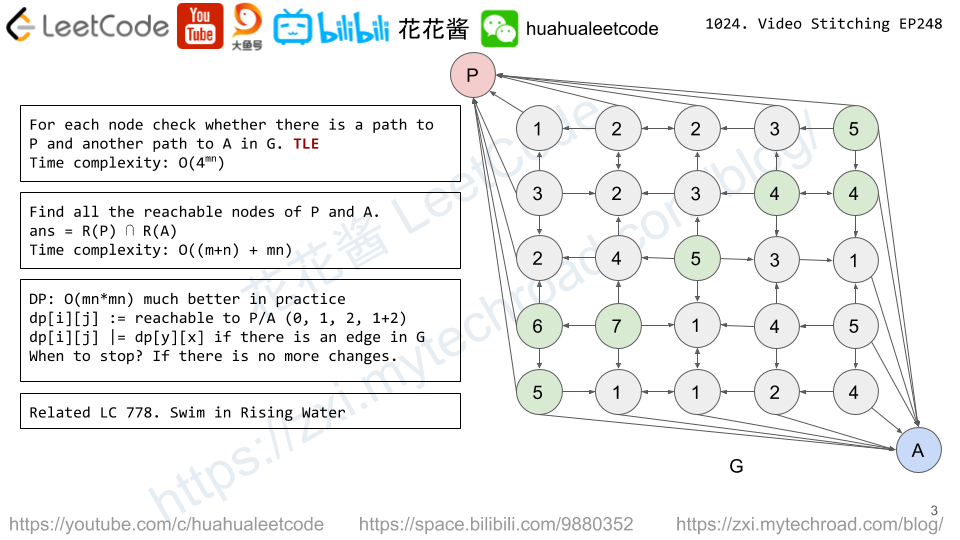Given a binary search tree, write a function kthSmallest to find the kth smallest element in it.
Note:
You may assume k is always valid, 1 ≤ k ≤ BST’s total elements.
Example 1:
Input: root = [3,1,4,null,2], k = 1 3 / \ 1 4 \ 2 Output: 1
Example 2:
Input: root = [5,3,6,2,4,null,null,1], k = 3
5
/ \
3 6
/ \
2 4
/
1
Output: 3
Follow up:
What if the BST is modified (insert/delete operations) often and you need to find the kth smallest frequently? How would you optimize the kthSmallest routine?
Solution: Inorder traversal
Time complexity: O(n)
Space compleixty: O(n)
C++
|
1 2 3 4 5 6 7 8 9 10 11 12 13 14 |
class Solution { public: int kthSmallest(TreeNode* root, int k) { return inorder(root, k); } private: int inorder(TreeNode* root, int& k) { if (!root) return -1; int x = inorder(root->left, k); if (k == 0) return x; if (--k == 0) return root->val; return inorder(root->right, k); } }; |
